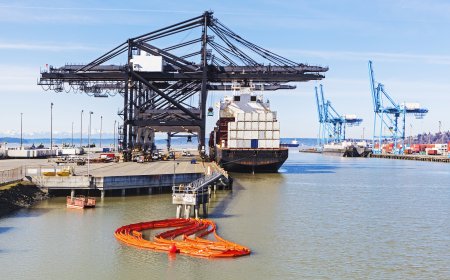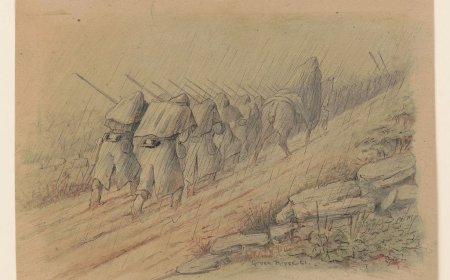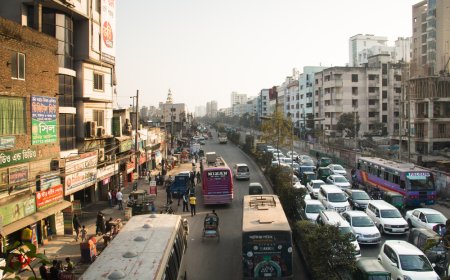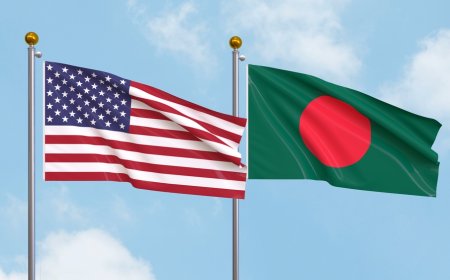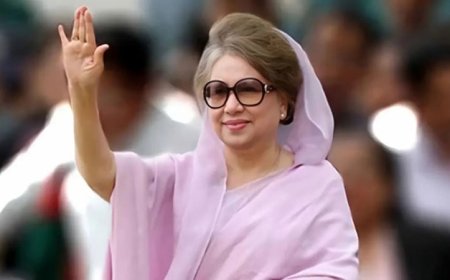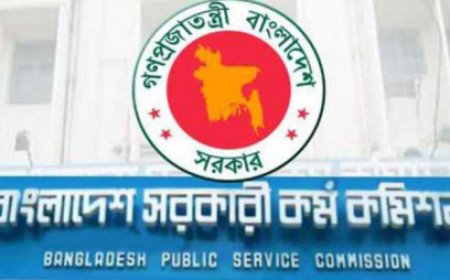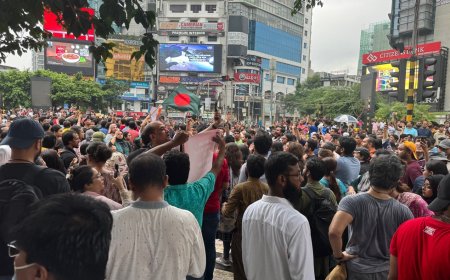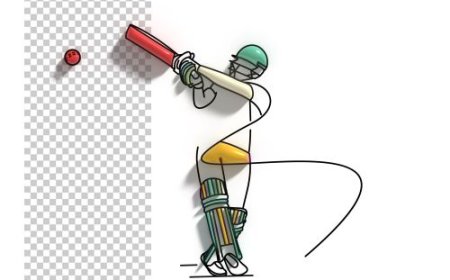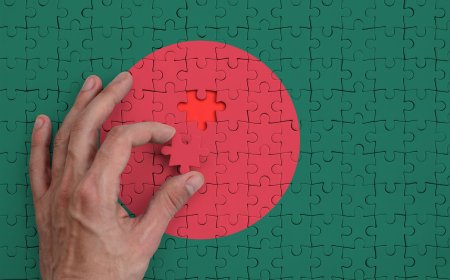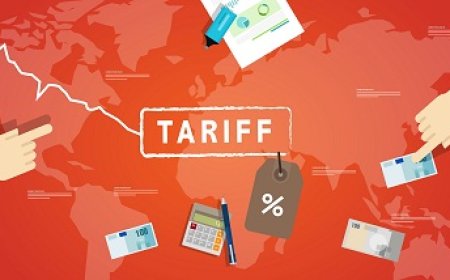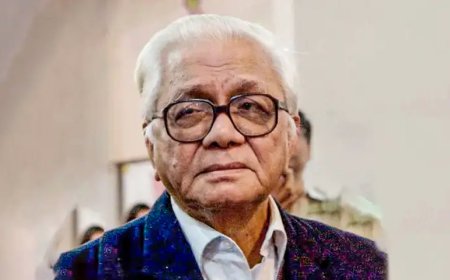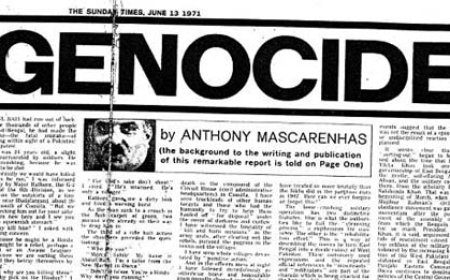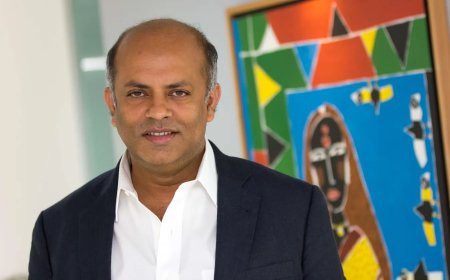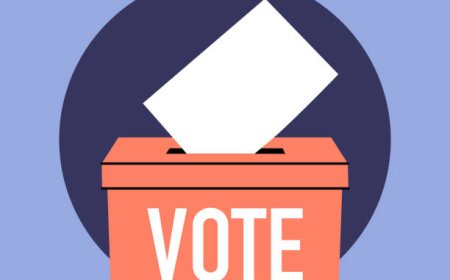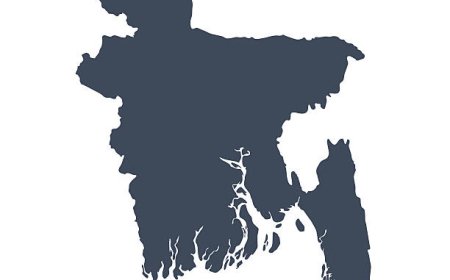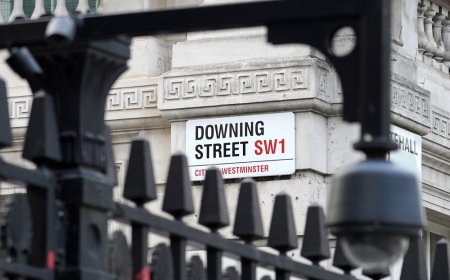India’s Foreign Policy and the Game Theory of Power
India has made non-alignment and multi-lateralism the cornerstone of its foreign policy since independence. But now the time may be coming when it will have to choose a side.

International politics doesn’t run on ideals or morality. It runs on interests, power, and strategy.
The Modi administration’s foreign policy has often ignored this reality and tried to maintain an uneven diplomatic balance.
India wanted the markets, technology, and investment of the Western world, while at the same time wanting to keep good relations with rival powers like Russia and China.
From the perspective of game theory, this was a “non-credible strategy” -- one that neither side could truly trust.
As a result, the Trump administration imposed new import tariffs on India.
This move was not just an economic decision; it was a political message -- the US will no longer tolerate India’s “double game.”
India’s Foreign Policy Goals
India’s foreign policy had three main goals:
- Easy access to US markets, technology, and capital
- Leadership in the Global South
- An independent foreign policy -- allowing India to join different alliances without being tied to any single bloc
But in reality, India’s actions have often been contradictory. For example:
- Buying the S-400 missile defence system from Russia crossed a clear US red line
- Ignoring Western sanctions and importing large amounts of Russian oil made India look “independent,” but from Washington’s view, it looked unreliable
- Even as a member of QUAD, India avoided taking a strong or open stance against China
This has created a dual image of India -- wanting to enjoy the benefits of the West but refusing to follow its rules.
This “mask of neutrality” has led to a strategic dilemma and a credibility crisis for India.
The Credibility Trap
India’s approach -- maintaining close ties with both the US and the Russia-China bloc -- may seem smart, but in realpolitik, it’s unrealistic.
From the US perspective, this looks like opportunism.
In game theory, when one player doesn’t trust another, a “penalty move” usually follows -- in this case, the US tariffs on India.
So, these tariffs are not only economic; they are also a strategic punishment.
Tariffs as Punitive Diplomacy
The Trump tariffs were part of a punitive diplomacy, sending a clear message: America will no longer tolerate India’s strategic double-dealing.
When India buys energy and weapons from Russia, ignoring Western sanctions, the US sees it as a challenge to its sphere of influence.
At the same time, India benefits from US markets and technology -- which Washington sees as equity loss.
So, the tariffs were both an economic and a geopolitical response.
The US now views India’s “half-support” strategy as unreliable, while Russia and China see India as a double-faced partner.
This has hurt India’s credibility in both camps.
Strategic Isolation
Although India is part of QUAD, it is considered the least dependable member. It was also excluded from AUKUS, the high-level defence alliance.
In BRICS, India has not been able to take an active or leading role.
In fact, sometimes it even blocks BRICS’s anti-dollar moves -- not wanting to appear as a US enemy.
Because of India’s hesitation, the RIC (Russia-India-China) group never gained momentum.
As a result, India is now in a position where neither the Western bloc nor the Russia-China bloc fully trusts it.
The Strategic Mistake
The biggest mistake of Modi’s foreign policy has been a lack of understanding of strategic reality.
On one hand, India wanted to stay “independent” and friendly with everyone; on the other hand, it didn’t want to fully commit to anyone.
Such middle-ground diplomacy creates strategic unreliability.
Now India stands in a position where its stance is unclear -- and no side sees it as a close ally.
India’s Three Possible Paths
1. Fully join the US camp:
- India would have to reduce military and energy ties with Russia
- It would need to follow Western defence and trade rules
Benefits: US technology, investment, and perhaps US support for India in the UN Security Council.
Costs: India would lose a degree of sovereignty and policy freedom.
2. Fully align with the Russia–China bloc:
- India would lose access to US markets but could gain leadership in BRICS+ and the Eurasian framework
- It would face pressure in the US-led global system and may need to compromise with China on some issues
- If India could tolerate that pressure for 10-15 years, it might become advantageous in the long run
3. A true “Non-Aligned 2.0” policy:
- India would lose benefits from both sides but could build a truly independent voice in South Asia and Africa
- However, in today’s geopolitical reality, this is very difficult -- because India lacks real leverage over the sovereign powers (the US, China, Russia).
The Coming Reality
Right now, India wants the benefits of the US alliance, but behaves like it belongs to the Russia-China camp. This double strategy is not sustainable in the long term.
During the 1962 Sino-Indian War, Nehru’s “Hindi-Chini Bhai Bhai” policy ignored strategic reality -- and the Modi government’s ambiguous foreign policy risks repeating the same mistake.
Game theory and realpolitik teach one clear lesson:
In the game of power, clarity is essential. If India doesn’t choose a clear side soon, it will not only lose global leadership, but also find itself under pressure -- economically and strategically -- from both sides.
What's Your Reaction?




















